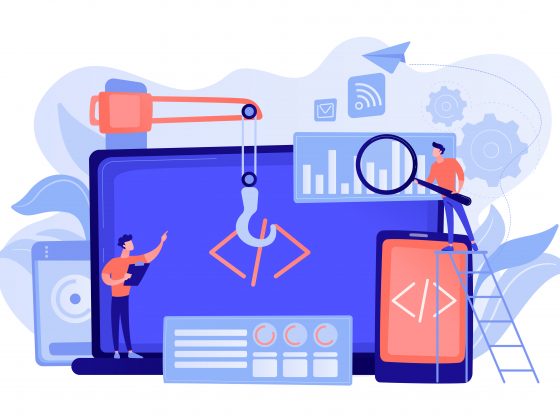In today’s fast-paced digital world, a slow-loading website can be a deal-breaker for users. Studies have shown that even a one-second delay in page load time can result in a significant drop in user engagement, page views, and conversion rates. That’s why optimizing your website’s performance is critical to providing a seamless and enjoyable user experience. In this article, we’ll explore some of the best practices and techniques for web performance optimization.
- Minimize HTTP Requests One of the most effective ways to improve website performance is to minimize the number of HTTP requests. Every time a user loads a page, the browser sends requests to the server to retrieve various elements, such as images, CSS, and JavaScript files. The more requests the browser has to make, the longer it will take to load the page. To minimize HTTP requests, you can combine multiple files into a single file, use CSS sprites to combine multiple images, and use inline CSS and JavaScript.
- Optimize Images Images can significantly slow down your website, especially if they are not optimized. You can reduce the size of images by compressing them or using the correct image format. JPEGs are suitable for photographs, while PNGs are ideal for graphics with transparency. You can also use lazy loading to defer the loading of images until the user scrolls down the page.
- Use Content Delivery Networks (CDNs) CDNs can improve website performance by delivering content from servers closer to the user’s location. This reduces the distance that content has to travel and improves page load times. CDNs also have additional caching features that can further improve website speed.
- Minimize JavaScript and CSS Large JavaScript and CSS files can also slow down your website. To minimize the file size, you can remove any unnecessary code, use minification tools, and leverage browser caching to reduce the number of requests.
- Optimize Server Response Time Server response time is the time it takes for the server to respond to a user’s request. A slow server response time can significantly affect website performance. To optimize server response time, you can upgrade your hosting plan, reduce the number of database queries, and use caching plugins.
- Use Browser Caching Browser caching stores frequently used files in the user’s browser cache. This reduces the number of requests made to the server and improves page load times. You can set expiration dates for cached files to ensure that users receive the latest version of your website.
In conclusion, web performance optimization is critical to providing a seamless and enjoyable user experience. By implementing these best practices and techniques, you can significantly improve your website’s speed and reduce page load times. With faster load times, you can increase user engagement, page views, and conversion rates, ultimately leading to a more successful website.







